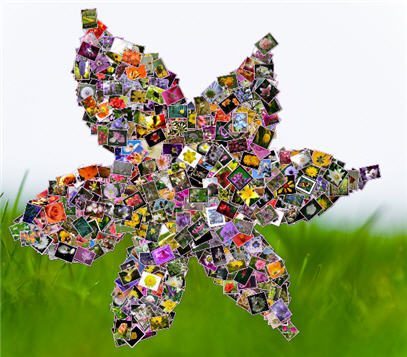On the issue of how we talk about the qualities of form. We must know that how has the following qualities: size, position, configuration, situation, matter, texture and finish.
When discussing the size we mean how big or small the way with regard to the forms that surround it.
If we talk about position we refer to as the form is placed, this may be lying, right, front, in profile, static or moving.
The configuration refers to whether it is in two or three dimensions, triangular, cubical, spherical, round, etc. This configuration has no single representation but as many views to look the way you adopt.
The situation is in relation to the space around it, if the form is near, far, up, down, to the side or on the side.
Matter in the form refers to whether a form is soft, hard, light, heavy, etc..
The texture in the form is whether the way is smooth, rough, smooth or rough.
And finishing the form is whether the form is bright, matte, opaque, transparent, translucent, etc..
Imagine if all these qualities we add the color. Which would get different effects by varying the shape and color to the background, awesome?






